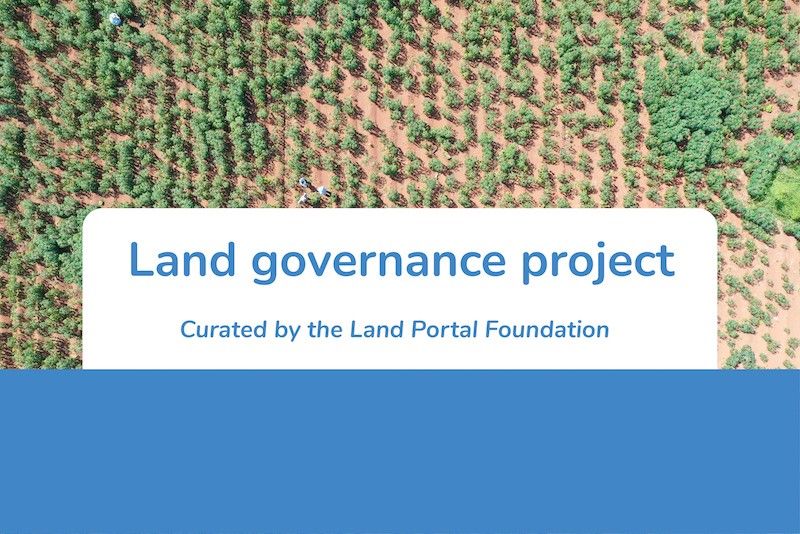Community / Land projects / Environmental routes to incorporate communities in good conservation practices and nature-based businesses tha
Environmental routes to incorporate communities in good conservation practices and nature-based businesses tha

€1691979.395
09/23 - 09/23
Completado
This project is part of
Implementing Organisations
Donors
Data Providers
Objectives
Consolidate land use planning and improve territorial governance for ecological connectivity and sustainable use of biodiversity in the El Palmar-TariquÃa regional corridor to reduce deforestation and other threats to biodiversity
Other
Note: Disbursement data provided is cumulative and covers disbursement made by the project Agency.
Target Groups
The project will increase the forest area under integrated sustainable management, based on the framework of established policies, focusing on forests where agricultural expansion and forest degradation are common. A dual emphasis approach to strengthen the management of protected areas is planned, consistent with prioritizing policy frameworks on protected areas as an engine for sustainable development, together with the sustainable use and management of natural resources both within and outside of protected areas. Environmental governance will be improved by strengthening the capacities of a wide range of stakeholders, both men and women, to achieve conservation benefits that will go beyond SPAP and the project's lifespan. Concrete socioeconomic benefits of the project are designed to be:• Enhanced Capacities: at least 2445 women will be beneficiaries of the project. A minority of beneficiaries will belong to indigenous peoples.• Sustainable Use: in a rough estimation of socioeconomic benefits, the project increases net income within its direct beneficiaries in at least one million USD per year, on average increasing their household income by 7%.• Adaptive Management: the participation of new stakeholders in the SPAP and strategic ecosystems reduces conflict and increases ownership and stewardship, and therefore contributes to the main aim of improving management effectiveness and reducing the loss of connectivity, and ultimately biodiversity loss.Please see PRODOC 4.3. Social analysis and stakeholder participation, Appendix 2. Logical and Results Framework, and Appendix 5. Incremental Cost Matrix.



